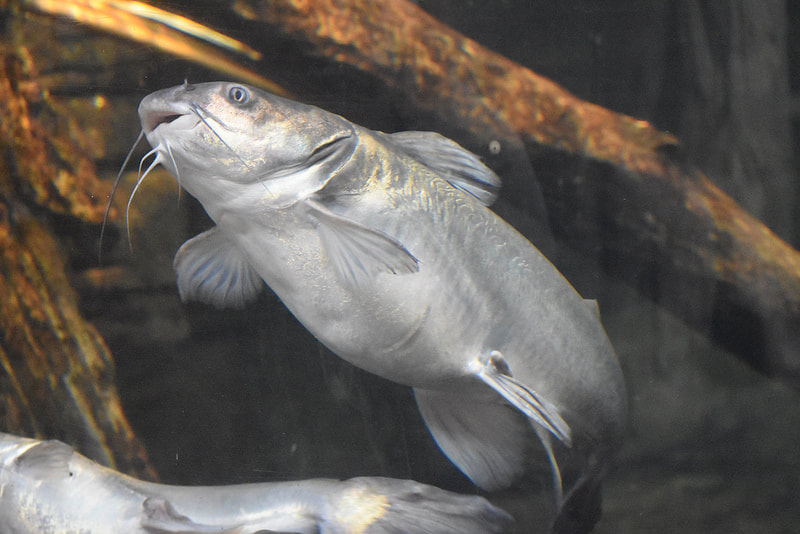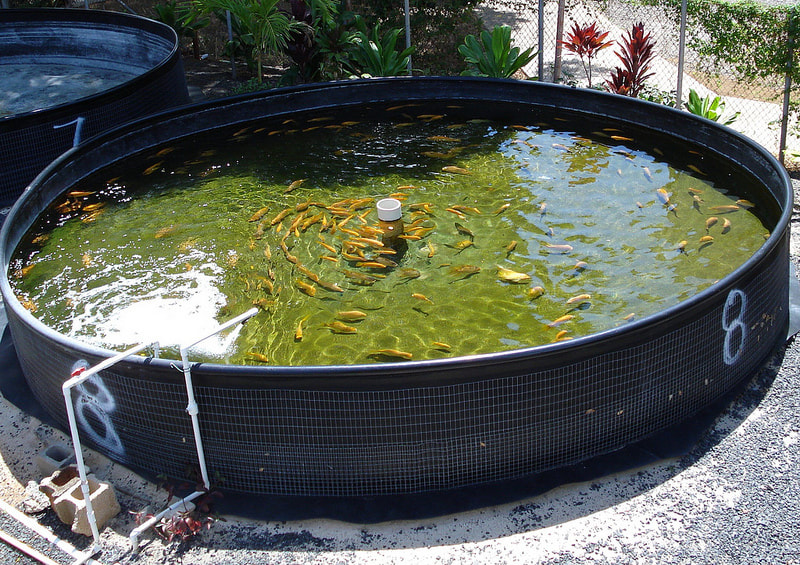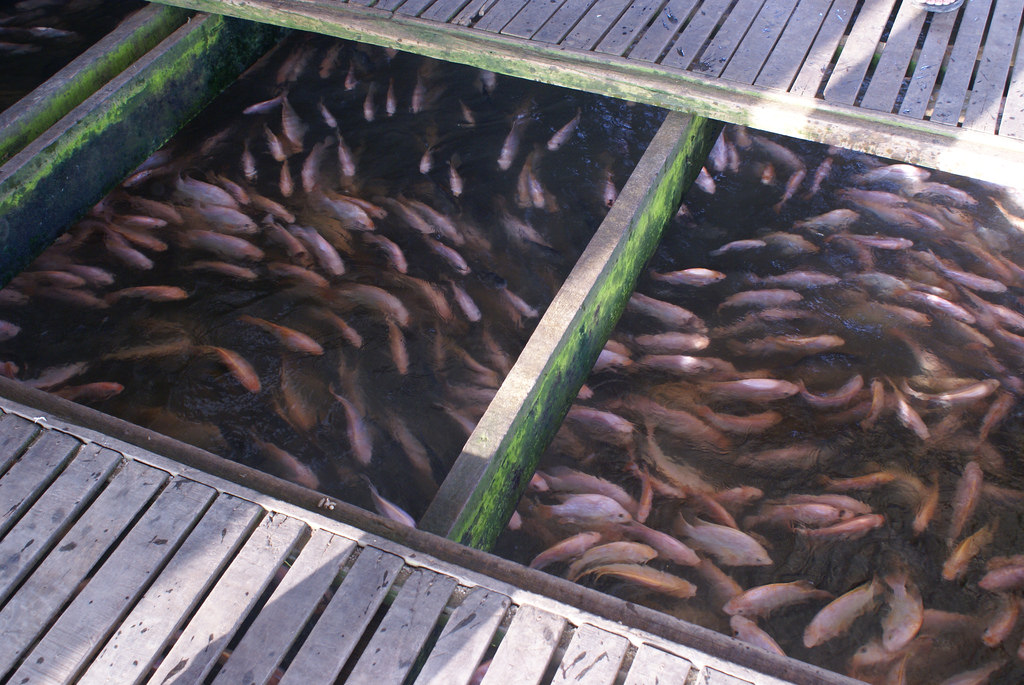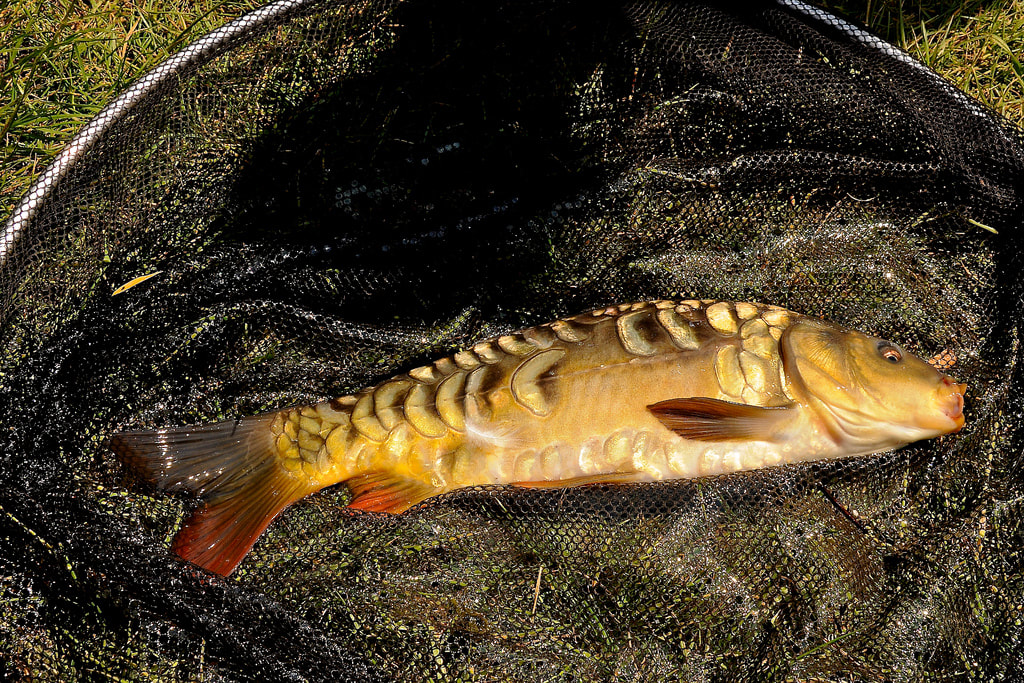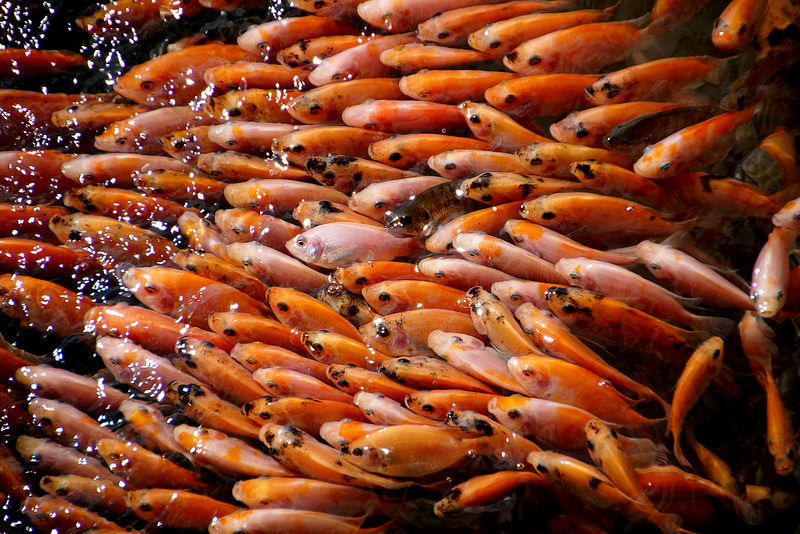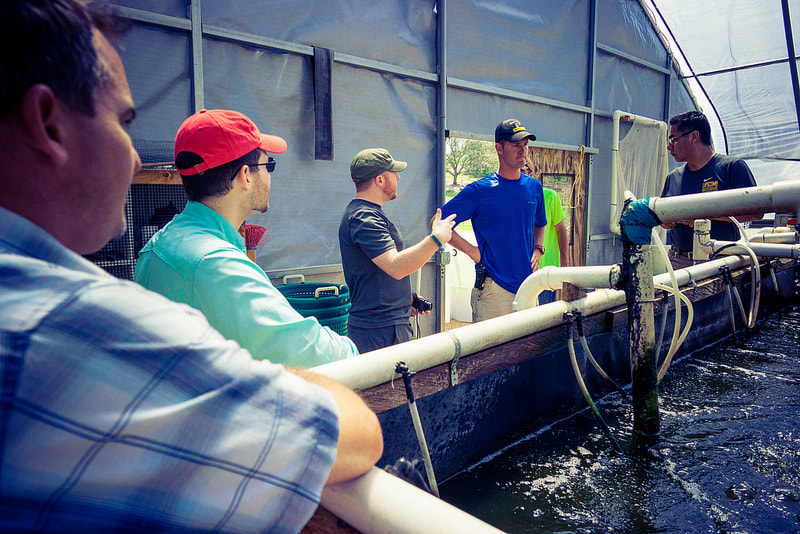Raising Fish
Keeping fish and raising them for food is sometimes thought of as a novelty pursuit but the fact is humans have been raising fresh water fish for food for thousands of years. In the middle ages in Britain monks would dig fishing lakes on the land of the monasteries to produce food by raising carp. Carp are sometimes described as the pigs of the water as they eat almost anything and fatten up quickly to become an ideal meat source. The common Mirror Carp was bred specifically in these places for eating with minimal scales for easy preparation. The fish reaching a large size meant it was perfect for the table.
Today many in the UK at least find the idea of eating carp strange but not so long ago in history anyone who had access to it or had large water bodies would utilise it for food. In parts of Eastern Europe carp is still eaten with it being a delicacy in some locations. In temperate climates some of the most popular fish for food include Carp, and Catfish as they are fast growing, eat anything and grow to a large size.
Raising fish for the table usually involves two main methods, the naturalistic method and the intensive method.
The naturalistic method relies on large and small naturalistic lakes and ponds with either supplementary feed, a part of a self sustaining wild ecosystem, or both. Raising fish in larger self sustaining ecosystems with no input can be very hard to achieve in an urban farming situation. With larger water bodies you need to ensure a sustainable harvest frequency without draining the resources of the natural ecosystem. However reasonable food production can be achieved on modest plots with intelligent planning and permaculture design. The world leader on this type of fish production is Josef Sepp Holzer author and natural agricultural consultant from Austria. In his book ‘Desert or Paradise’ he explains how landscapes can be designed to maximise waters potential for boosting ecological food production including raising fish for the table.
Most people in an urban farming plot will not have the space for a completely self sustaining system but garden sized watercourses can be designed in a naturalistic way to ensure some self sufficiency in terms of feed. Very much like keeping chickens vegetable scraps can be feed to fish such as carp and catfish with the ability to harvest fish when they are required. The benefits of these naturalistic systems are they are much lower input but in small urban environments especially this means very low harvest rates. Either way with extra feed and extra room these water bodies can be productive in urban food production.
The intensive farming method can tap into all the advantages and opportunities of the urban environment for high yielding fish farming. These methods can be combined with other systems such as rain water systems growing under cover and aquaponics systems. Urban fish farming can be as simple and as complicated as you desire.
The size and number of fish you will achieve depends on the size of your tank and the number of fish you raise. I have seen some convincing systems where catfish are raised in a 50 gallon barrel. Up to 30 catfish can be raised in this way producing reasonable sized 2-3lb fish about 18months. The system describes will yield a modest quantity of fish but consider the volume taken up by the barrel and this is a very productive system. Barrel and metre squared tubs can stacked together to produce multiple fish communities of varying ages and species for abundant supply. In an urban farming setting tank systems can be stacked vertically using oxygenating methods which utilise gravity and heat of buildings.
Inside fish farms can operate at a warmer temperature meaning they grow colder weather species at a faster rate and grow more exotic food fish such as Tilapia which can reach harvest in as little as five months. Aquaponic systems can utilise the nitrogen from the waste products of fish and be used to grow vegetables creating a sustainable solution for urban food production. Solar panels can be used to service the pumps and filtration systems for the fish making urban fish farms a reasonably low input form of fish production.
There are many good books, products and courses available to help you learn more about aquaculture and fish farming.
Aquaculture: Farming Aquatic Animals and Plants is the go to manual for anyone wanting to learn aquaculture or even start a business in this ever expanding industry. The book covers everything from plants to fish to shellfish for the table.
